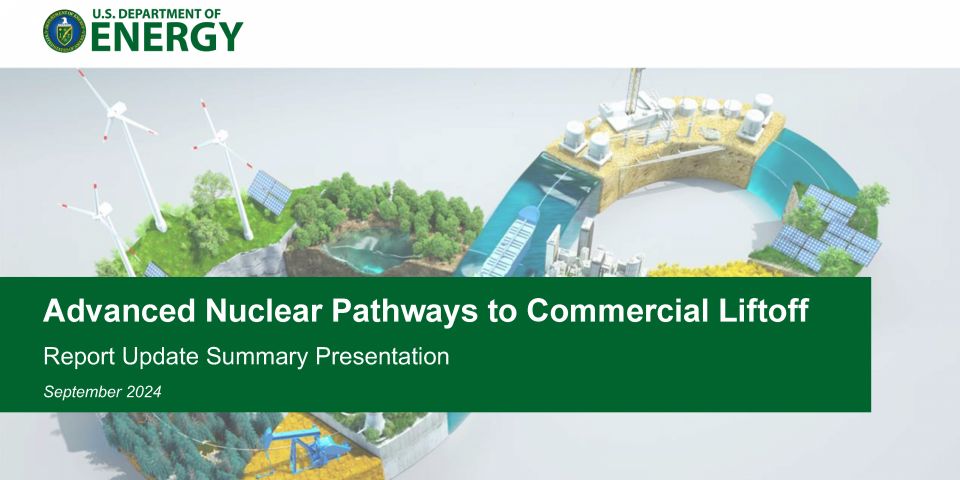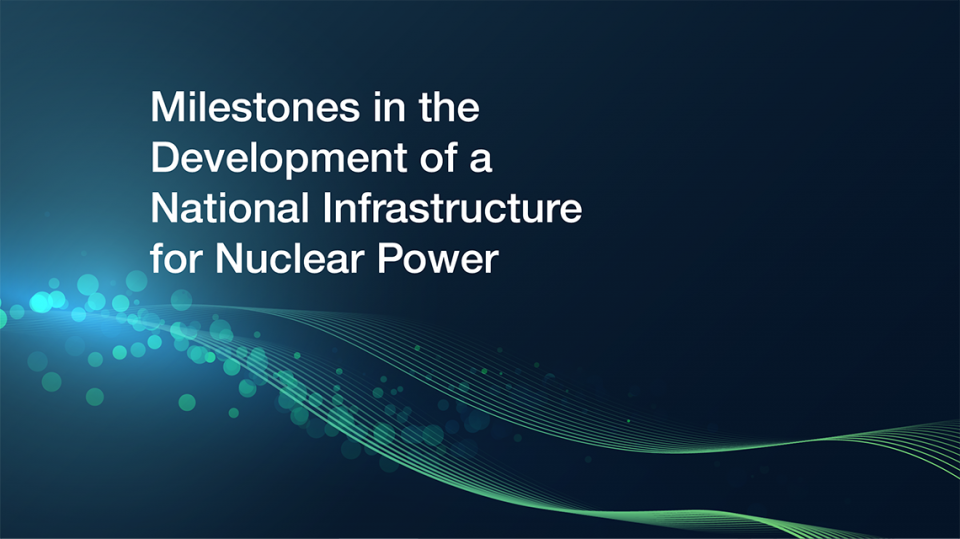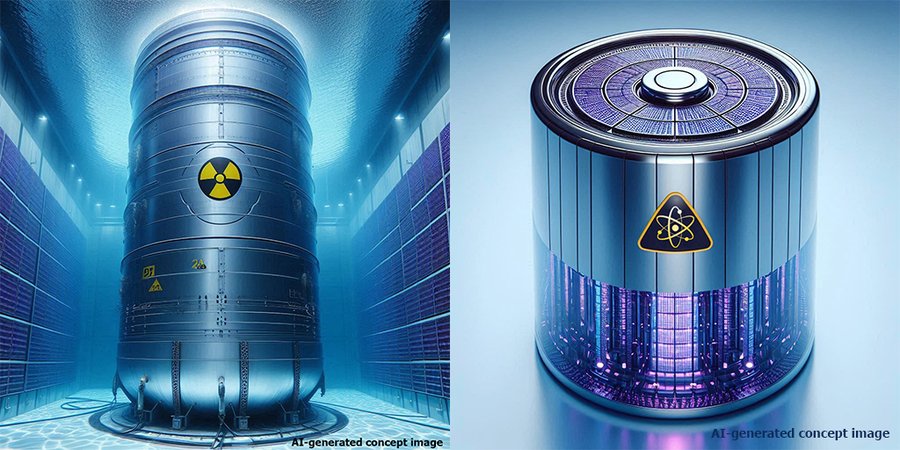The situation was particularly grim in the United Kingdom, prompting concerns about how markets will perform during the colder winter months. “The sudden slowdown in wind-driven electricity production off the coast of the U.K. in recent weeks whipsawed through regional energy markets,” the Wall Street Journal reported on September 13. “Gas and coal-fired electricity plants were called in to make up the shortfall from wind.”
Continental Europe is suffering from higher energy prices as well. The New York Times recently reported that wholesale natural gas prices in Europe are currently five times higher than pre-pandemic levels recorded during the same time period in 2019. According to Reuters, European consumers are unlikely to see relief from the high prices before the end of the year.
Not that surprising: There is nothing new about the intermittent reliability of renewable energy sources, but when renewable generation drops during a period of high natural gas prices, it draws more attention to the reliance (in some markets) on natural gas–fired generation to pick up the slack.
The lights have stayed on in Europe. But the Texas grid blackouts in February 2021 demonstrated that when vulnerabilities hit multiple energy sources at once—a calm, frigid air mass stilled turbines, and freezing conditions led to fuel or cooling availability problems for other generators—dangerous blackouts can result.
An opportunity for nuclear? The case for keeping reliable nuclear power plants in operation is sometimes stark and urgent, as in the successful campaign in Illinois for legislative support to keep Exelon’s Byron and Dresden plants in operation. The potential for high or volatile natural gas prices could make a quietly persuasive economic case for government and private companies to retain and increase their nuclear investment.
Michael Shellenberger made that point in an article published on Forbes.com on September 14. “The gas boom allowed governments to add renewables to electricity grids at a relatively low cost, since gas is easy to switch on and off in response to intermittent sunlight and wind,” he said. “In the short-term, the low cost of natural gas shielded rate-payers from the economic consequences of closing nuclear plants. . . . High natural gas prices, and declining investor enthusiasm for renewables, increase the chance that governments will keep nuclear plants operating in the U.S., Europe, and Asia.”








